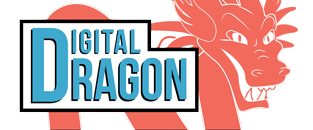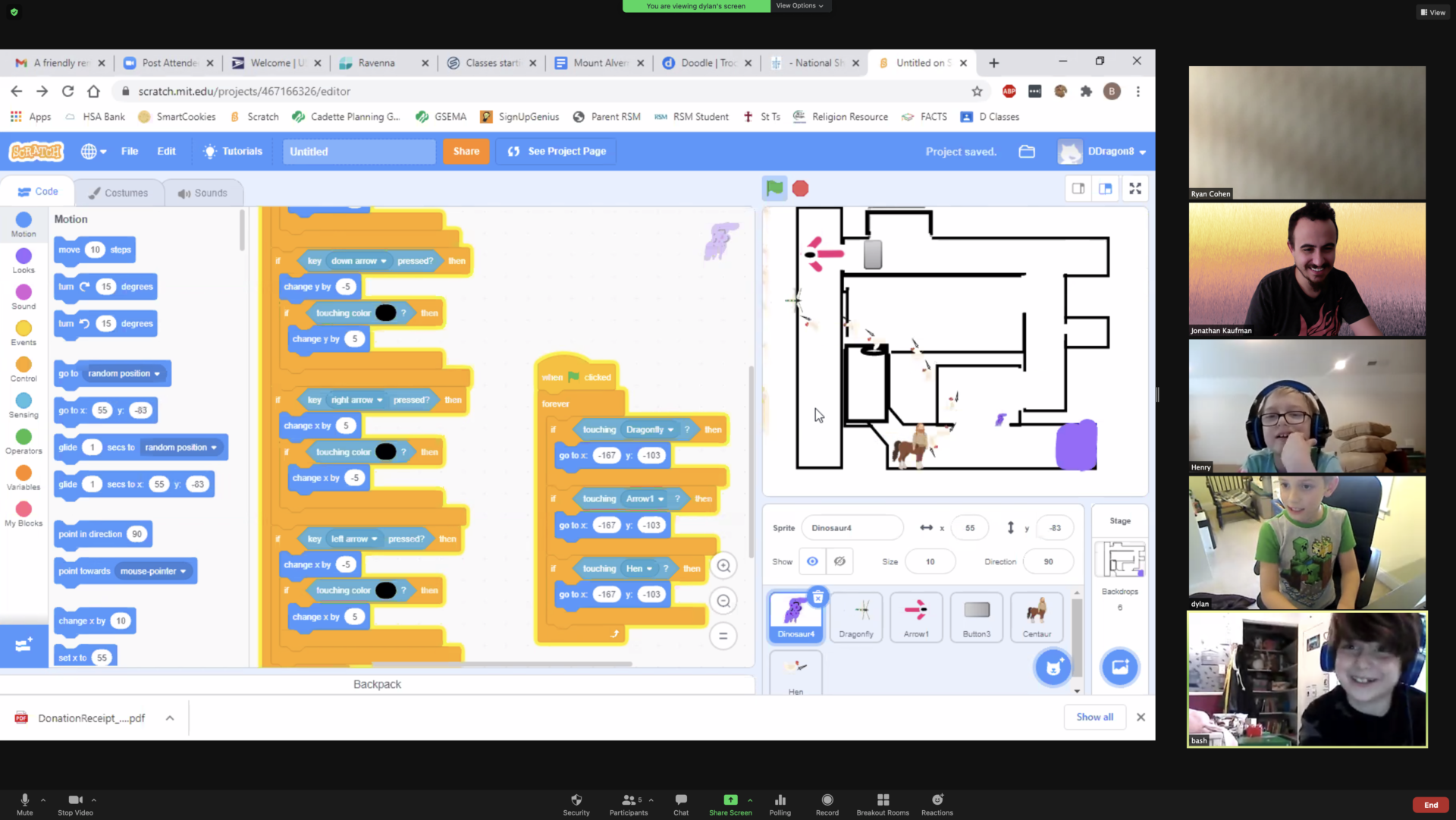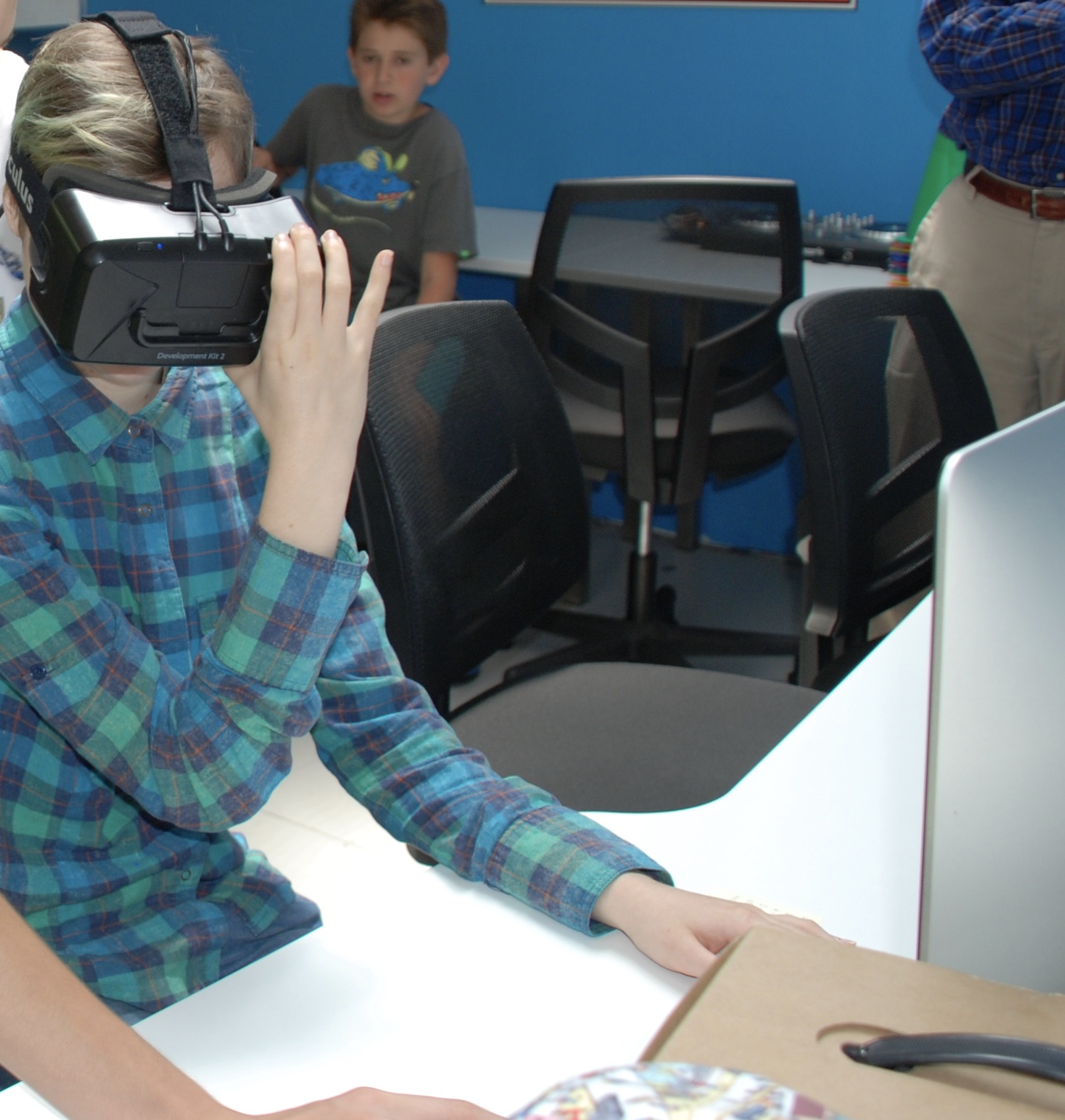How to explore and navigate the digital educational space all our kids are in right now. What is the future of learning from this point going forward? What parents should think about as they keep their eye on what realm their children will be learning in. We can help you think in those terms moving forward, in the “After Zoom School” world.
Exploring the Educational Space. Parents Need to Know What Comes Next!
This month, as we continue to hunker in our homes, let’s explore space. Not outer space, but rather the spaces we occupy and interact with on a daily basis. This obviously includes the digital space and the devices we access those spaces through. While work has in some regards seen a smoother transition to remote, distance learning continues to struggle. This is especially the case around engagement, presence, and connections.
There is a race for space happening right now. Between giants likes Google, Apple, Oculus (Facebook), Microsoft, and video game companies, down to smaller independent software development, there’s a stark realization that things changed and will not be returning to normal. A recent report by PricewaterhouseCoopers predicted that 23.5 million jobs worldwide would be using VR and/or AR by 2030 for training, meetings, and customer service. So if the writing is on the wall, why are we failing to incorporate these technologies into our learning environments?
At this stage, the technology is at the focus. It’s got to work and it’s got to work at scale. Less so, in the too many cases I’ve seen, is the actual experience taken into consideration. Sure you sit around a virtual campfire with excellent spatial audio of the logs crackling away, but what’s the point? The vast majority of these virtual meet-ups are merely providing substitutions for scenarios we currently can’t access. They do not provide any way to customize or truly augment interactions with these spaces. And thus we’re stuck with shallow experiences that do not engage, promote presence, or establish / nourish connections and relationships. Experiences like that have no place in our learning environments.
When exploring the use of mixed reality, whether virtual or augmented or a combination, strive to identify what tools are available to interaction. Adding a 3D “space” or digital twin to a “Zoom call” has a profound effect when there’s more than two people in the conference. How does mixed reality address issues related to accessibility? What can this do that is only possible via the platform? When there are clear answers to this, you might be onto something. And when the answers are present, you can map them to learning experiences and transformational goals.
TL;DR: Despite many advances in technologies and massive adoption, few mixed reality platforms address engagement, presence, and establishing genuine connections. This is especially so in the classroom. We should be mindful of the spaces we occupy and there is no expectation for digital spaces. The timeline for working and learning next to avatars has been catapulted forward and closer than we think.
About the Author:
John Balash was instrumental in Digital Dragon’s launch in 2013 as its first Curriculum Director and is now back in the fold as a consultant on all the latest and greatest in tech education.This is John’s latest contribution to a monthly blog series we’ve launched, Tech News from the Frontier. John is the Director of Educational Engagement at Carnegie Mellon University’s Entertainment Technology Center. John has worked on educationally-focused initiatives with clients ranging from D.A.R.P.A. to Disney. Working from both sides of the desk, you can find John in classrooms and conferences around the world exploring new uses for technologies in learning environments.


